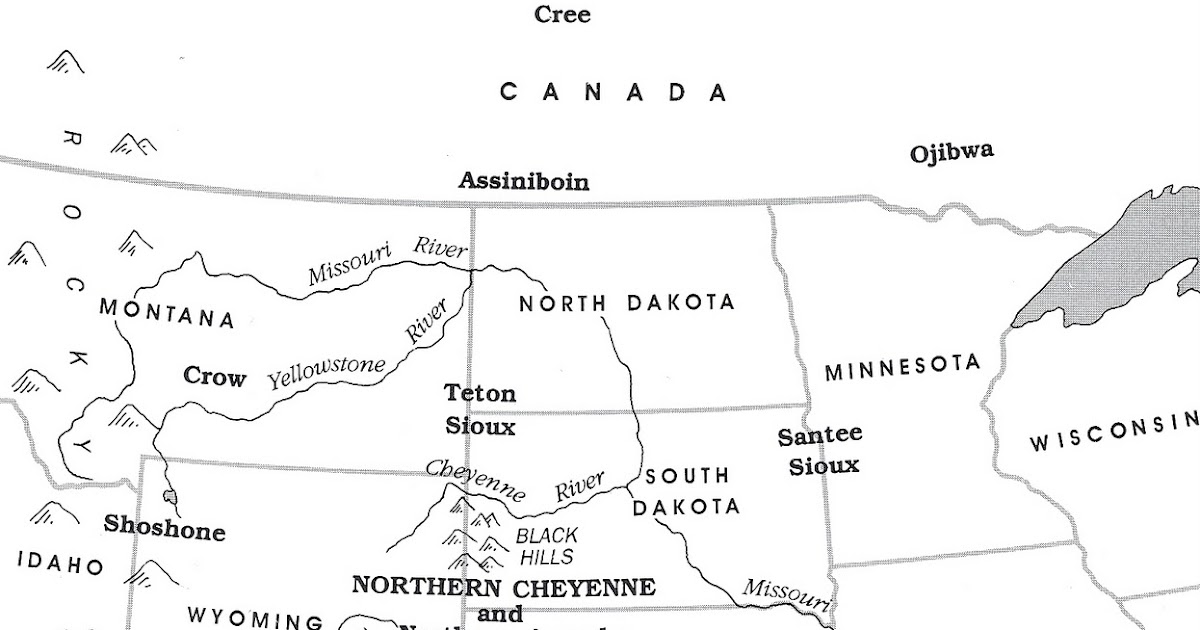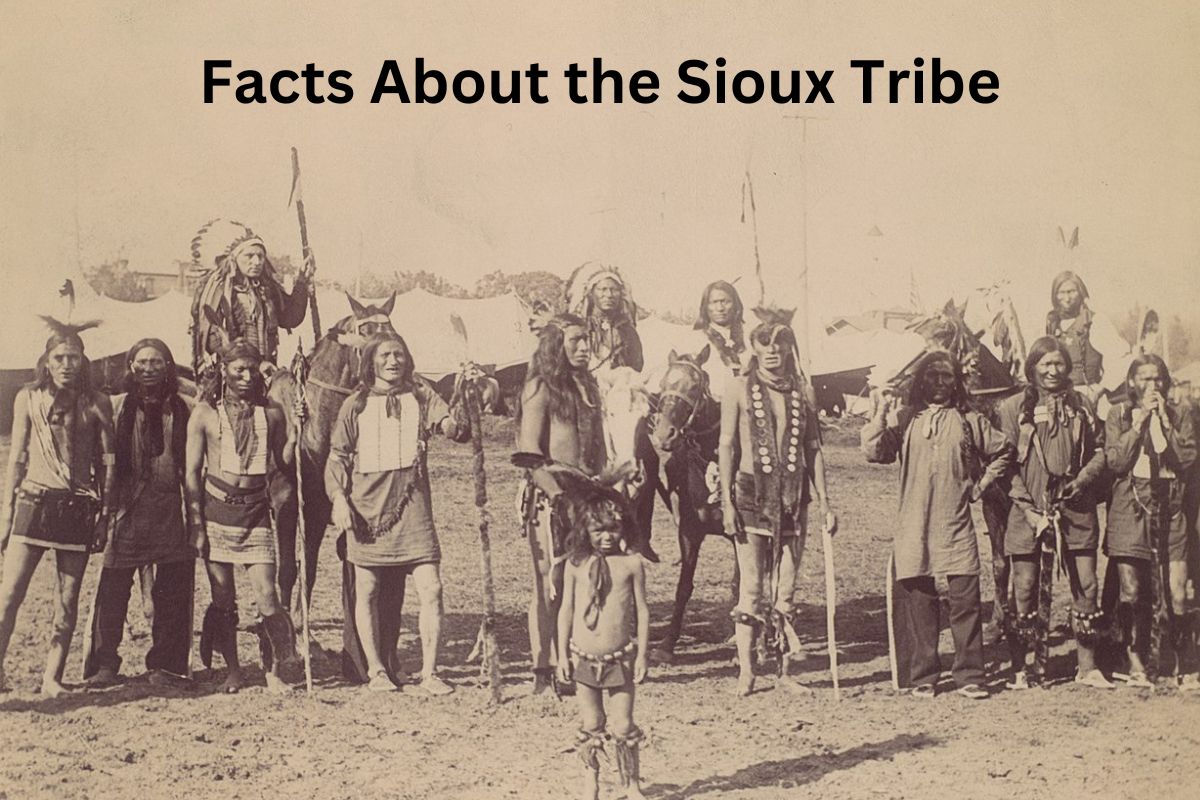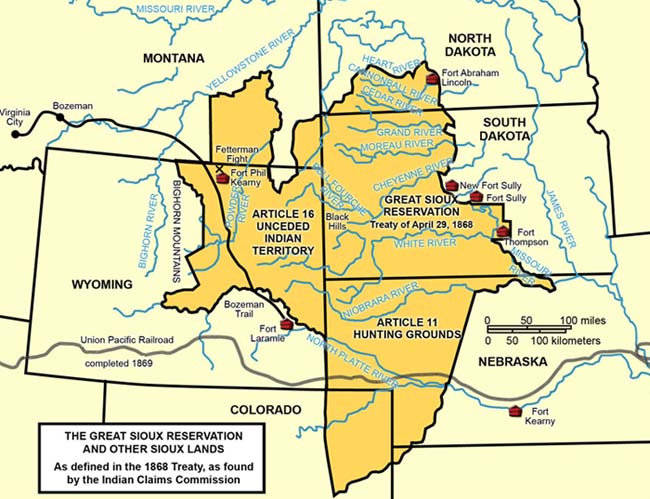
The Unbroken Spirit: Sioux Sovereignty Movements in Montana
In the vast, rugged landscapes of Montana, where the Big Sky stretches endlessly above ancient lands, the struggle for Sioux sovereignty is a narrative woven deep into the fabric of history and the ongoing pursuit of self-determination. While the term "Sioux" broadly encompasses the Lakota, Dakota, and Nakota peoples, in Montana, the primary tribal nations with Sioux heritage are the Assiniboine (Nakota) and Sioux of the Fort Peck Indian Reservation, and the Assiniboine and Gros Ventre of the Fort Belknap Indian Reservation. Their fight for sovereignty is not merely a historical footnote but a vibrant, persistent movement to reclaim control over their lands, resources, cultures, and futures in the face of centuries of encroachment and broken promises.
The roots of this movement lie in the sacred, foundational treaties signed with the U.S. government, particularly the Fort Laramie Treaties of 1851 and 1868. These agreements, though often violated, are the legal bedrock upon which tribal sovereignty rests. They established vast territories for the Sioux nations and recognized their inherent right to self-governance, predating the formation of Montana as a state. However, the subsequent decades saw an aggressive federal policy of assimilation, land cessions, and the imposition of a reservation system that drastically reduced tribal lands and attempted to dismantle traditional governance structures. The Dawes Act of 1887, which allotted communal lands to individual tribal members, further fractured tribal land bases and facilitated non-Native settlement, profoundly impacting the economic and social fabric of these communities.
Despite these historical assaults, the spirit of sovereignty endured. The mid-20th century brought a new era of self-determination, spurred by the Civil Rights Movement and a growing recognition of Indigenous rights. For the Sioux tribes in Montana, this period marked a renewed commitment to rebuilding tribal institutions, revitalizing cultures, and asserting their inherent governmental authority.
Reclaiming the Land and Resources: A Battle for Economic Sovereignty
One of the most critical aspects of Sioux sovereignty in Montana today revolves around the control and management of their land and natural resources. For the Fort Peck Assiniboine and Sioux, situated atop a portion of the Bakken oil formation, this has meant navigating the complex and often contentious world of energy development. The reservation holds significant oil and gas reserves, offering a potential pathway to economic independence. However, tribal leaders have consistently stressed the importance of balancing economic gain with environmental protection and cultural preservation.

"Our land is not just a commodity; it is our mother, our history, our future," states a Fort Peck tribal elder, echoing a sentiment widely held across Indian Country. "Any development on our lands must first and foremost benefit our people, protect our sacred sites, and ensure the health of our environment for generations to come." The Fort Peck Tribes have established their own oil and gas department, asserting jurisdiction over leasing, permitting, and environmental regulations, often clashing with state and federal agencies over who has the ultimate authority. This struggle highlights a core tenet of sovereignty: the right to manage one’s own territory according to one’s own laws and values, free from external interference.
Water rights, equally vital, represent another significant front in the sovereignty battle. The Missouri River, a lifeline for the Fort Peck Reservation, and the Milk River, which flows through Fort Belknap, are central to the tribes’ economic well-being, cultural practices, and agricultural endeavors. For decades, tribal nations in Montana have engaged in complex negotiations with the state and federal governments to quantify and secure their reserved water rights, often litigating to protect these critical resources. The successful negotiation of tribal water compacts, while arduous, represents a monumental step towards securing future water resources and affirming tribal control over this essential element of life.
The controversy surrounding the Keystone XL pipeline, though ultimately halted by federal action, galvanized many tribal nations across the Great Plains, including the Sioux tribes in Montana. While the pipeline was not slated to cross the Fort Peck or Fort Belknap reservations directly, the principle of protecting water and ancestral lands from potential spills resonated deeply. Tribal nations formed alliances, emphasizing that their sovereignty extends beyond their reservation boundaries to influence decisions affecting the regional environment and the well-being of all.
Rebuilding Nations: Governance, Justice, and Cultural Revival
Beyond land and resources, Sioux sovereignty movements in Montana are intensely focused on strengthening tribal governance, justice systems, and cultural identity. Both the Fort Peck and Fort Belknap Tribes operate their own sophisticated tribal governments, complete with elected councils, tribal courts, law enforcement, and administrative departments that mirror state and federal structures.
Tribal courts are a cornerstone of self-determination, administering justice according to tribal laws and customs. These courts handle a wide range of cases, from civil disputes to criminal matters, and are essential for maintaining peace and order within reservation boundaries. However, jurisdictional complexities between tribal, state, and federal law enforcement remain a persistent challenge, particularly in addressing issues like the Missing and Murdered Indigenous People (MMIP) crisis, where lines of authority can become blurred, hindering investigations and justice for victims and their families. Tribal leaders are actively advocating for greater collaboration and clarity in these areas, asserting their right to protect their citizens effectively.
Education and cultural revitalization are equally crucial components of sovereignty. Tribal colleges like Fort Peck Community College and Aaniiih Nakoda College (at Fort Belknap) are powerhouses of Indigenous knowledge, offering culturally relevant education that prepares tribal members for leadership roles and economic opportunities while simultaneously preserving traditional languages, histories, and worldviews. Language immersion programs are vital efforts to bring back the Nakota (Assiniboine) and Gros Ventre languages, which faced near extinction due to historical assimilation policies. These programs are not just about linguistics; they are about reconnecting generations with their heritage and ensuring the spiritual and cultural continuity of the people.
As Dr. Joe McGeshick, a Fort Peck Community College faculty member, once observed, "Language is not just words; it’s a way of thinking, a way of seeing the world. When we revitalize our language, we revitalize our entire culture and our connection to who we are as a people."
Challenges and the Path Forward

Despite significant strides, Sioux sovereignty movements in Montana continue to face formidable challenges. High rates of poverty, unemployment, and health disparities persist on reservations, stemming from historical trauma, systemic underfunding of tribal programs, and limited economic opportunities. Infrastructure development, including reliable internet access, quality housing, and healthcare facilities, remains a pressing need.
Political representation and influence are also ongoing battles. While tribal nations are sovereign governments, their voices are often marginalized in state and federal policy-making, requiring constant advocacy to protect their interests and ensure their treaty rights are honored. The fight against cultural appropriation and for the protection of sacred sites is another continuous effort, demanding respect for Indigenous traditions and spiritual practices.
Yet, the spirit of resilience and self-determination burns brightly. The Sioux tribes of Montana are not merely surviving; they are thriving in their pursuit of sovereignty, building robust nations that honor their past while embracing the future. From asserting control over their natural resources to revitalizing their languages and judicial systems, they are demonstrating what it means to be truly sovereign in the 21st century. Their movements are a testament to the enduring strength of their cultures, the wisdom of their traditions, and their unwavering commitment to shaping their own destinies on the lands their ancestors have called home for millennia. The journey towards full, unimpeded sovereignty is long and complex, but for the Sioux people of Montana, it is a journey they walk with unbroken spirit and unwavering resolve.

